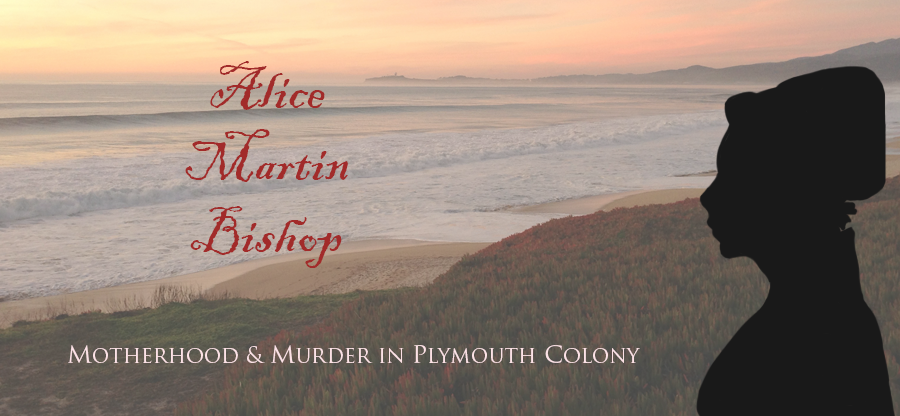Erin Taylor, December 2014
I feel like a real Cotton Mather (a Puritan joke of pitiable proportions) to suggest this so close to Thanksgiving, but today, as I read the story of Hannah Duston, I wondered why we never considered another possible killer.
Goodwife Hannah Duston lived in the western, frontier town of Haverhill, Massachusetts, at the very end of the seventeenth century. Her home was overtaken by natives on a retaliatory warpath. The men took Hannah, her attending midwife (for Hannah had just delivered six days prior), and then “brained…against a nearby apple tree” her infant daughter who was…wait for it….named Martha (Davis, 45). Hannah eventually escaped – a gruesome tale that can he read here.
Obviously, Martha was a common name. As were Indian raids and hostage taking. Many hostage colonists were incorporated into native communities, often as servants. Others were ransomed off, back to their English communities or enemies such as the French. Alden Vaughan and Daniel Richter summed that more than 1600 regional colonists were kidnapped between 1675 and 1763. Bloody interactions with native peoples were certainly a more common colonial experience and expectation than any turkey-centered feasting. Indeed, Alice’s adulthood would have been marked by outright wars, raids, and murdering on both sides.
However, there is absolutely zero indication that an Indian came into the Bishop home and slaughtered Martha. Undoubtedly, the jurors and Governor Bradford would have made such a possibility public knowledge. For this scenario to be feasible, we have to imagine the Bishops not living in a town setting like Barnstable or Plymouth where houses sat very close together. As Plymouth Colony expanded and new lands were settled, this is, admittedly, a possibility. But it still doesn’t make a great deal of sense. Why would Alice confess to the crime rather than point the finger? What about the knife? Did the murdering native arrive empty handed and pick up the kitchen knife? Or was he (or, she?) in possession of English tableware and chose that over a tomahawk to kill Martha? Not likely. Why Martha and not Alice, Abigail, and Damaris as well? Why leave the weapon behind?
Continue reading →

